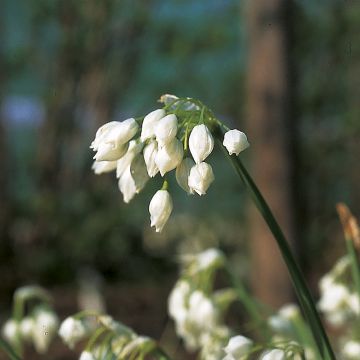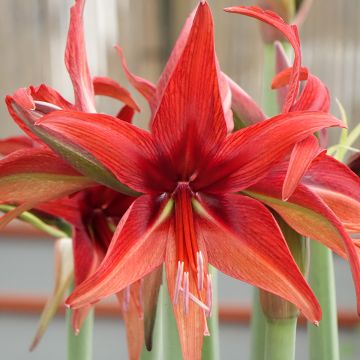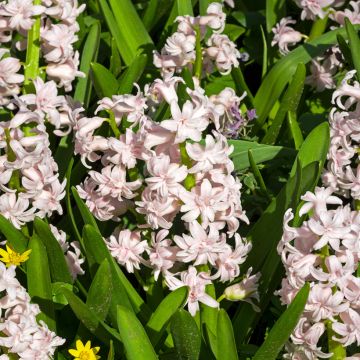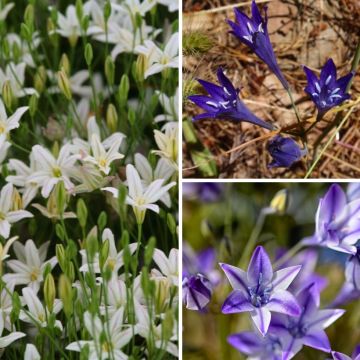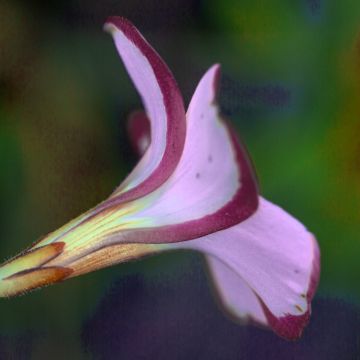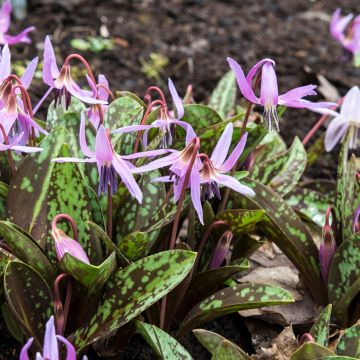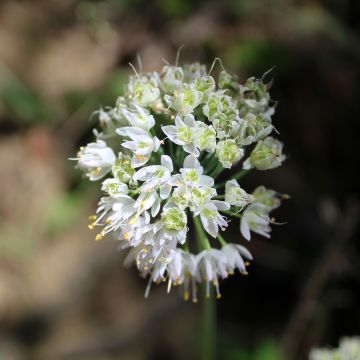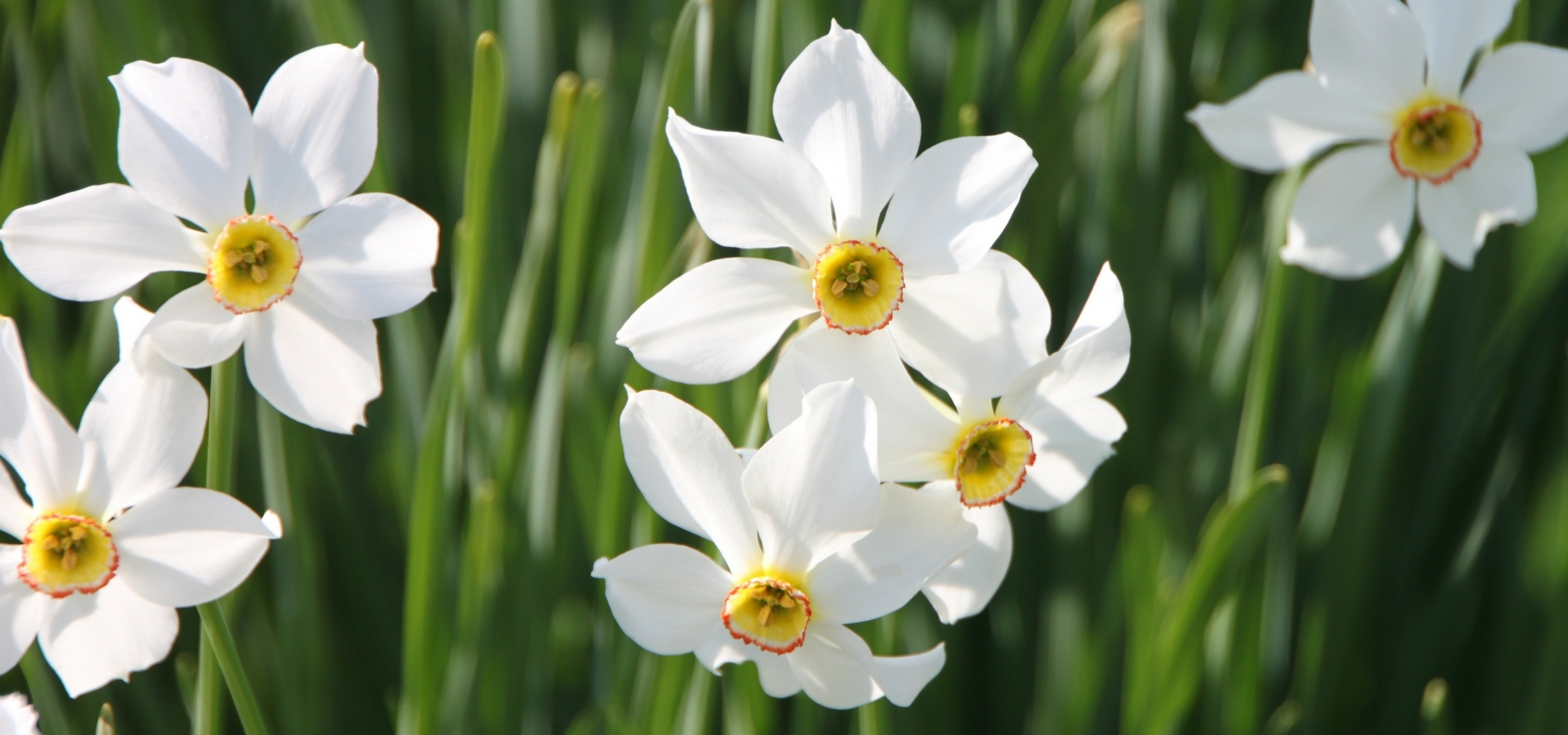
Spring flowering bulbs: how to plant them
Where and how?
Contents
Choosing the Planting Location
Most spring-flowering bulbs prefer full sun, although some varieties like daffodils or fritillaries can tolerate more shaded conditions. Camassias, Erythroniums, Scillas, Eranthis hyemalis, and wood anemones require a semi-shaded or even shaded position.
Observe your garden, its sunlight exposure at different times of the day, and choose a planting spot with the right exposure: at least afternoon sun!
Read also
How to protect bulbs from rodents?Choosing the planting substrate
Flower bulbs have an enemy: excess winter moisture, which is why they thrive in pot culture, on sloped terrain, or in well-drained soil. If your soil is heavy (clayey), add sand to the garden soil to improve drainage.
Discover other Spring bulbs
View all →Available in 1 sizes
Available in 1 sizes
Available in 1 sizes
Available in 1 sizes
Available in 0 sizes
Available in 1 sizes
Available in 1 sizes
Available in 3 sizes
Available in 1 sizes
Available in 1 sizes
Planting method
As soon as summer ends, use a shovel to dig a planting hole five times the height of the bulb, fill it with two-fifths of planting substrate, and firm it down.
Place your bulbs with the tip facing upwards and the roots downwards, spaced at least half their width apart, level the soil back, ensuring the bulb is covered with twice its height of soil, and lightly firm it down. Only water (moderately) at planting if your soil is particularly dry.
Generally, the best effect is achieved with dense planting (80 to 150 bulbs per square metre depending on the varieties), for which you can excavate the entire area of the bed, position your bulbs, and then backfill “en masse”. For dense planting in a short grass meadow, follow the same technique by cutting out patches of turf that you will reposition at the end of planting.
For a “natural” planting, mix different varieties in a basket before planting.
Mark the planting areas to avoid accidental strikes with a spade on your bulbs during winter…
Care:
At the end of the flowering period, you can cut the stems with pruning shears and add a fertiliser for flowering bulbs, as this is when the bulb replenishes its reserves for the following spring’s flowering. For the same reason, only cut the foliage when it is completely dry.
- Subscribe!
- Contents































